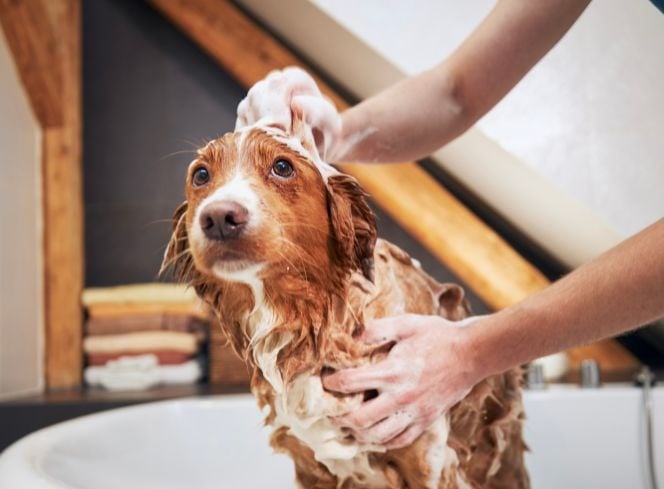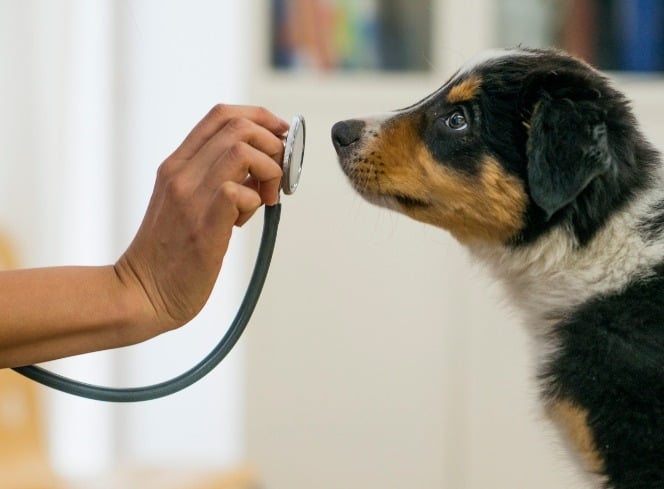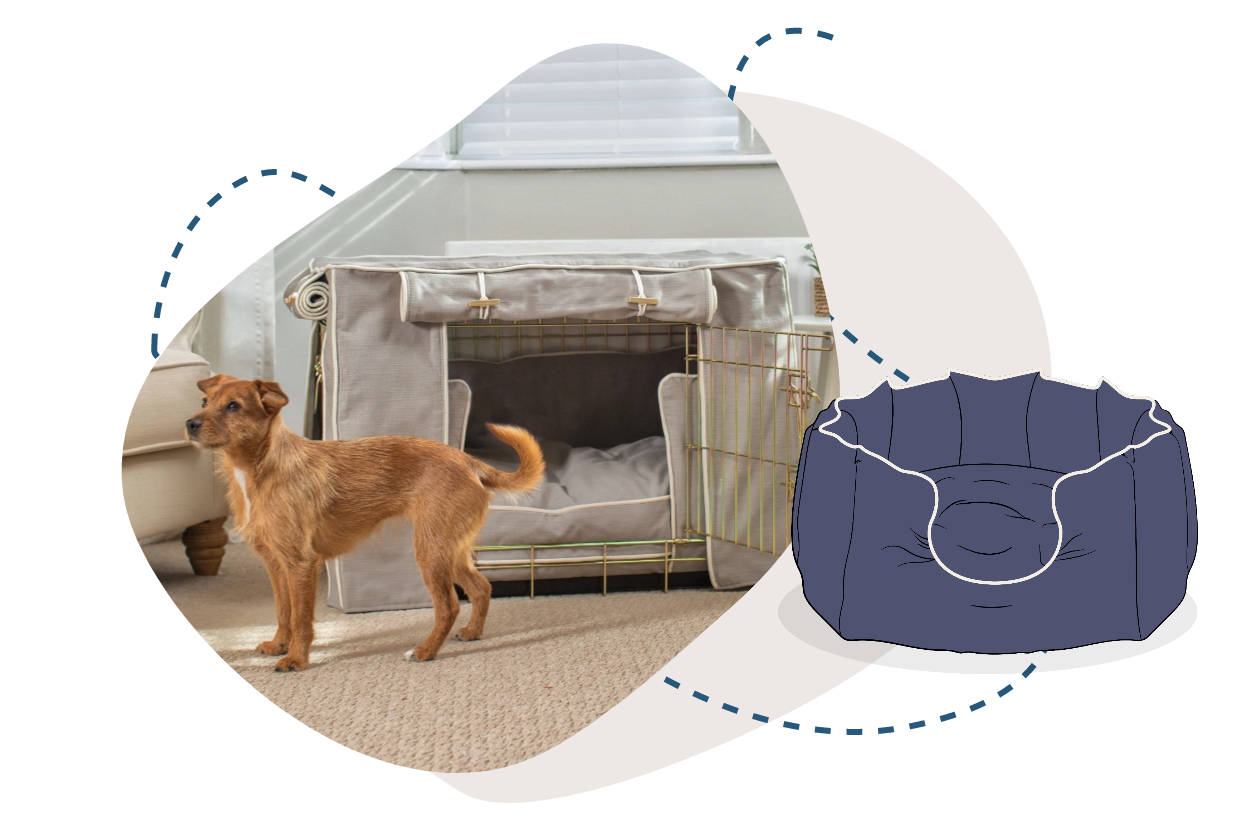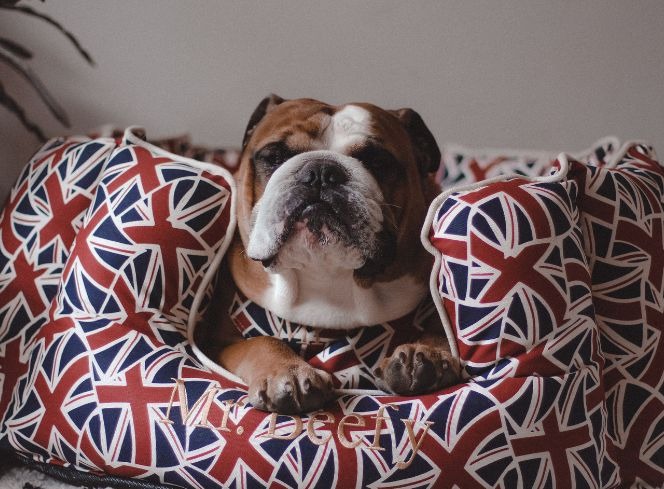
British Bulldog Ultimate Guide
The British Bulldog, with its distinctive appearance and lovable nature, has charmed its way into the hearts of many dog enthusiasts. Whether you are a prospective owner or a seasoned bulldog lover, this comprehensive guide is designed to provide you with an expert insight into the various facets of British Bulldog care. From their unique traits and charming personality to health considerations, training tips, exercise needs, and essential accessories like toys, food, and beds, we've got you covered. We've also put together a shopping guide for your Bulldog which is tailored to their needs, click here to shop. British Bulldog Traits: British Bulldogs are known for their distinctive appearance, characterised by a muscular build, loose skin, and a pushed-in nose. Their iconic wrinkled face and distinct underbite make them easily recognisable. Despite their tough exterior, they are affectionate, loyal, and gentle, making them excellent companions. British Bulldog Personality: The British Bulldog is renowned for its amiable and calm temperament. Known to be excellent with children, they are affectionate, loyal, and make great family pets. Bulldogs are not particularly high-energy dogs, preferring to lounge around with their owners rather than engaging in intense physical activities. British Bulldog Health: While British Bulldogs are generally hardy, they can be prone to certain health issues. Common concerns include respiratory problems due to their flat faces, joint issues, and skin infections. Regular veterinary check-ups, a balanced diet, and proper grooming can help prevent and address potential health issues. British Bulldog Training: Training a British Bulldog requires patience and consistency. They respond well to positive reinforcement, and early socialisation is crucial for ensuring a well-behaved adult dog. Basic obedience training, including commands like sit, stay, and come, should be introduced early in their development. British Bulldog Training Tips: Consistency is Key: Bulldogs respond well to consistent routines and clear expectations. Stick to a regular feeding and walking schedule. Positive Reinforcement: Reward good behaviour with treats and praise. Bulldogs thrive on positive reinforcement. Socialisation: Expose your Bulldog to various people, places, and situations from a young age to ensure they grow up to be well-adjusted and sociable. British Bulldog Exercise Needs: Despite their somewhat lazy appearance, British Bulldogs require regular exercise to maintain a healthy weight and prevent boredom-related behaviour issues. However, their exercise needs are moderate compared to more active breeds. Daily walks and short play sessions are usually sufficient. How Much Exercise Does a British Bulldog Need? On average, a British Bulldog needs around 30 minutes to one hour of exercise per day. This can be divided into short walks and play sessions to keep them physically and mentally stimulated. Be mindful of their brachycephalic nature, and avoid strenuous activities during hot weather. British Bulldog Toys: Providing suitable toys is essential to keep your British Bulldog entertained and mentally stimulated. Choose toys that are durable and safe for their chewing tendencies. We have a large range of chewing toys which are perfect for bulldogs, the KONG extremes are great for bulldogs. They are made from ultra durable rubber and can be stuffed with treats for a rewarding playtime. Best Food for British Bulldog: A nutritious diet is vital for the overall health of your British Bulldog. Opt for high-quality dog food formulated for medium to large breeds. Consider their age, weight, and any specific health concerns when selecting the best food for your Bulldog. For a high-quality dog food we love brands like Orijen, Acana and Carnilove, they are all rich in protein and nutrients to help your Bulldog be at their healthiest. British Bulldog Puppy Food: Puppies require a specially formulated diet to support their growth and development. Choose a puppy food that meets their nutritional needs, including essential vitamins and minerals for bone and muscle development. For Bulldog puppies we love the PRO PLAN All sizes Puppy for Sensitive Digestion with OPTIDIGEST, it is a complete and balanced dry food which is grain free and packed full of nutrients to help your Bulldog puppy grow. British Bulldog Bed: Investing in a comfortable bed is crucial for your Bulldog's well-being. Look for a bed with adequate support for their joints, especially considering their predisposition to joint issues. Opt for easy-to-clean materials since Bulldogs can be prone to drooling. For a wipe clean dog bed why not look at our Rhino Tough range? They are made from faux leather so are super easy to clean and come in 6 beautiful earthy tones which we just love! In conclusion, the British Bulldog is a charming and lovable breed that brings joy to countless households. By understanding their unique traits, catering to their personality, ensuring proper health care, offering consistent training, meeting exercise needs, and providing the right accessories, you can ensure a happy and fulfilling life for your British Bulldog companion. Remember, a well-cared-for Bulldog is a happy Bulldog!


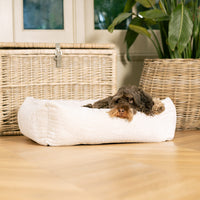

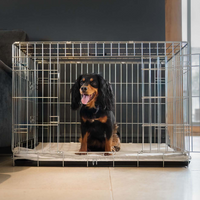
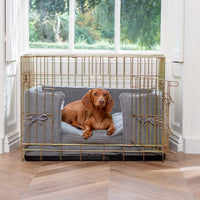
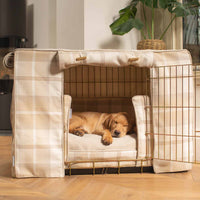
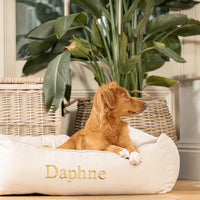
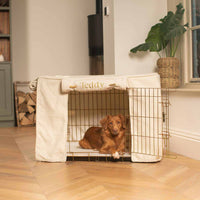
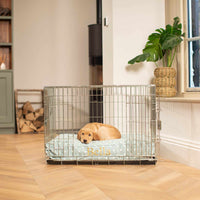
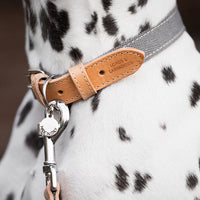
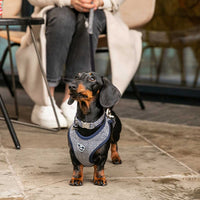
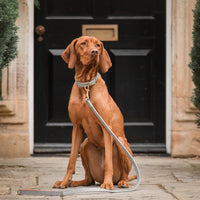
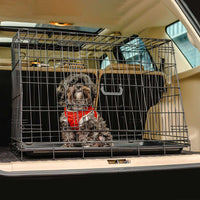
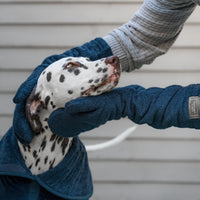
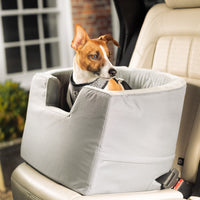
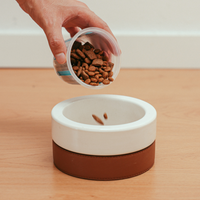
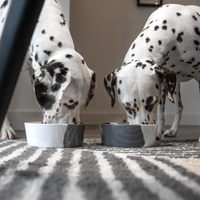
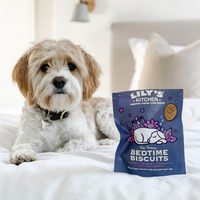
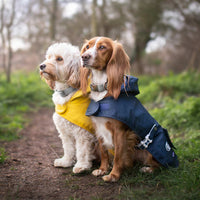
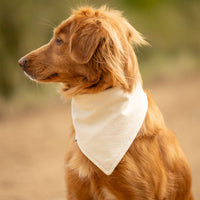
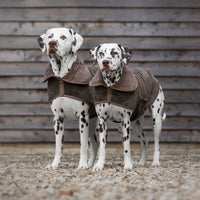

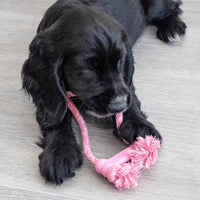
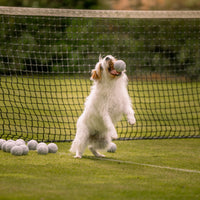
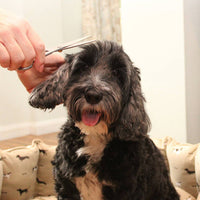

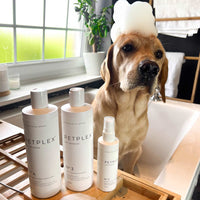

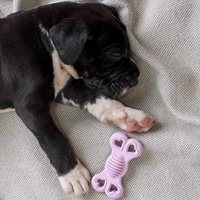
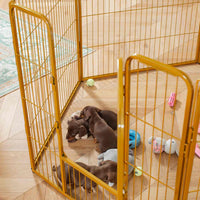
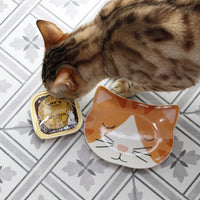
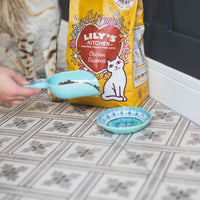

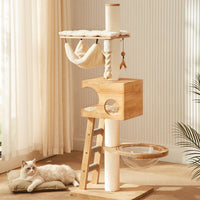
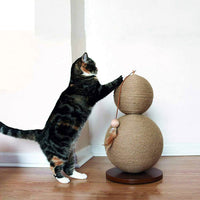
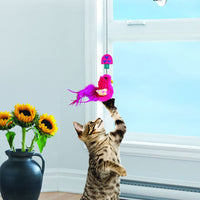
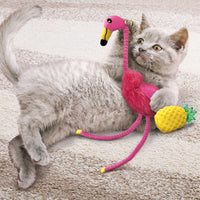
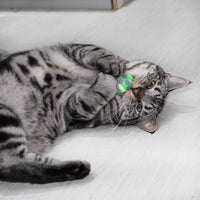
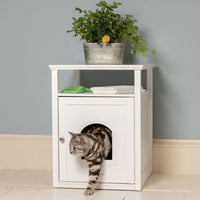
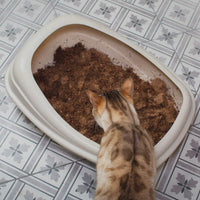

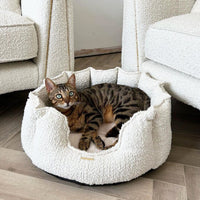
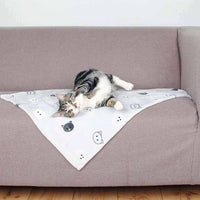
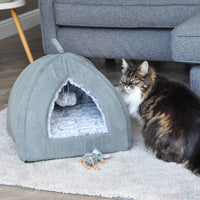
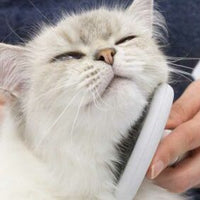

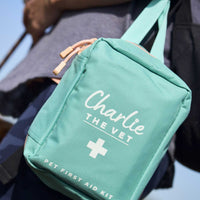
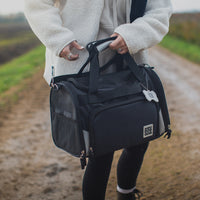

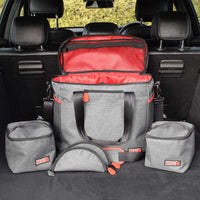

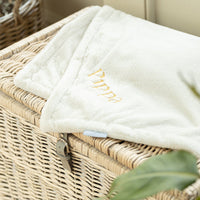
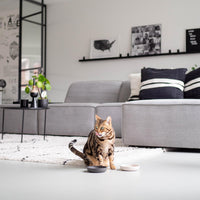



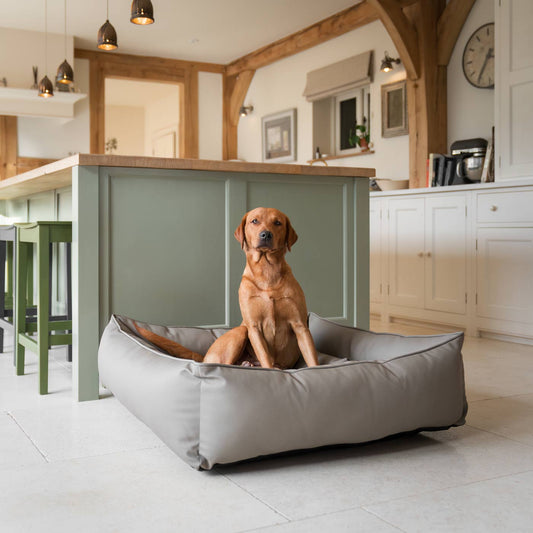



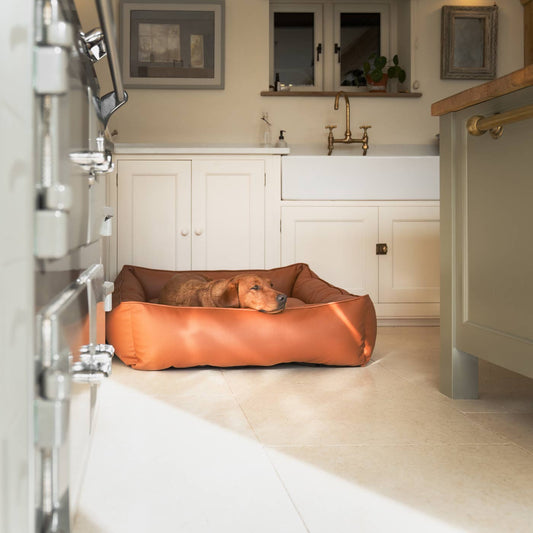







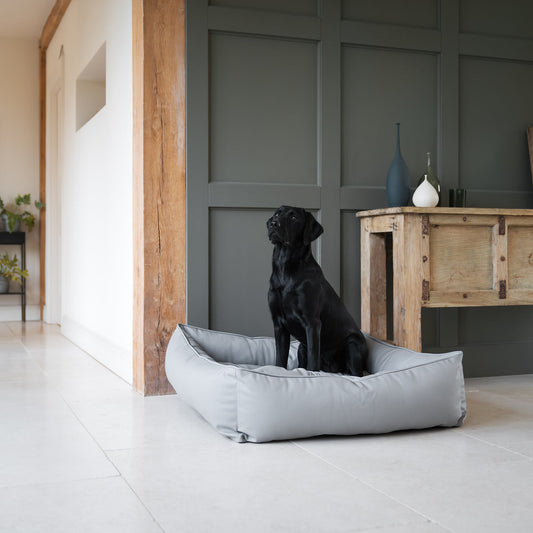













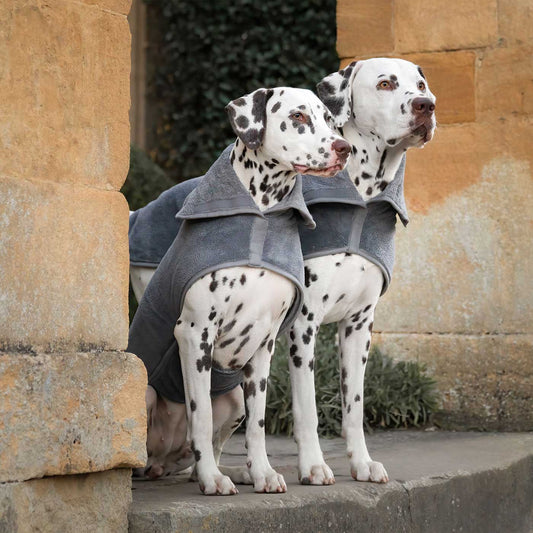


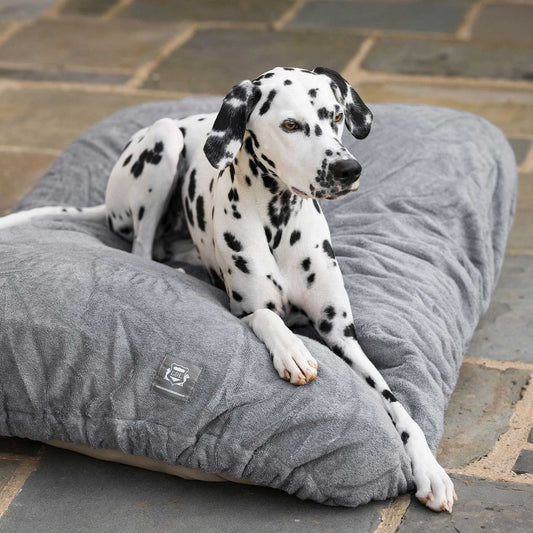




![[color:grey]](http://www.lordsandlabradors.co.uk/cdn/shop/products/Scruffs-Classic-Flat-Faced-Pet-Bowl-grey-2.jpg?v=1648564072&width=533)


